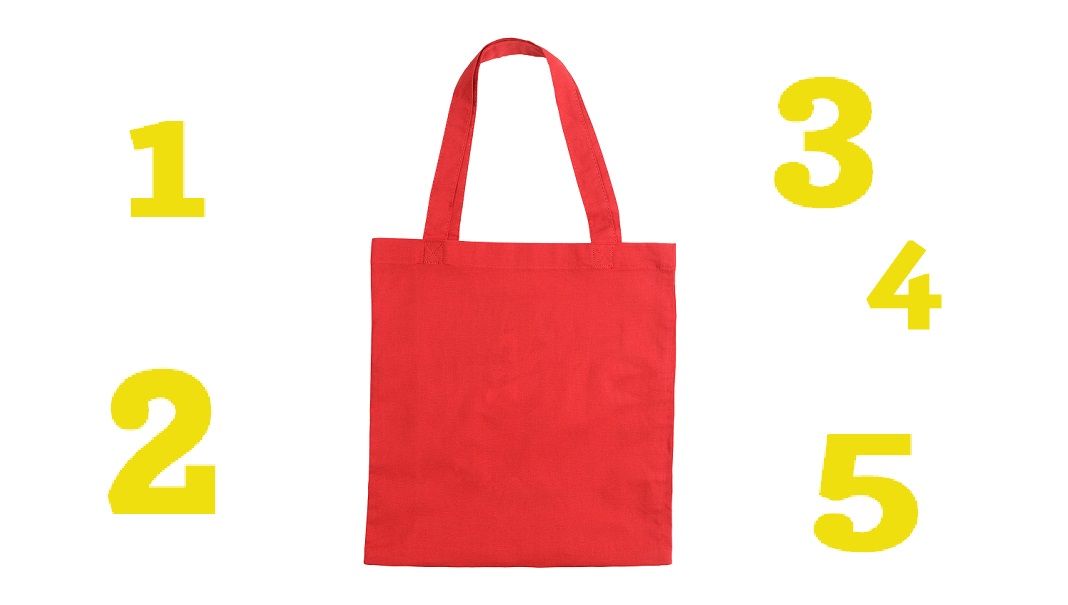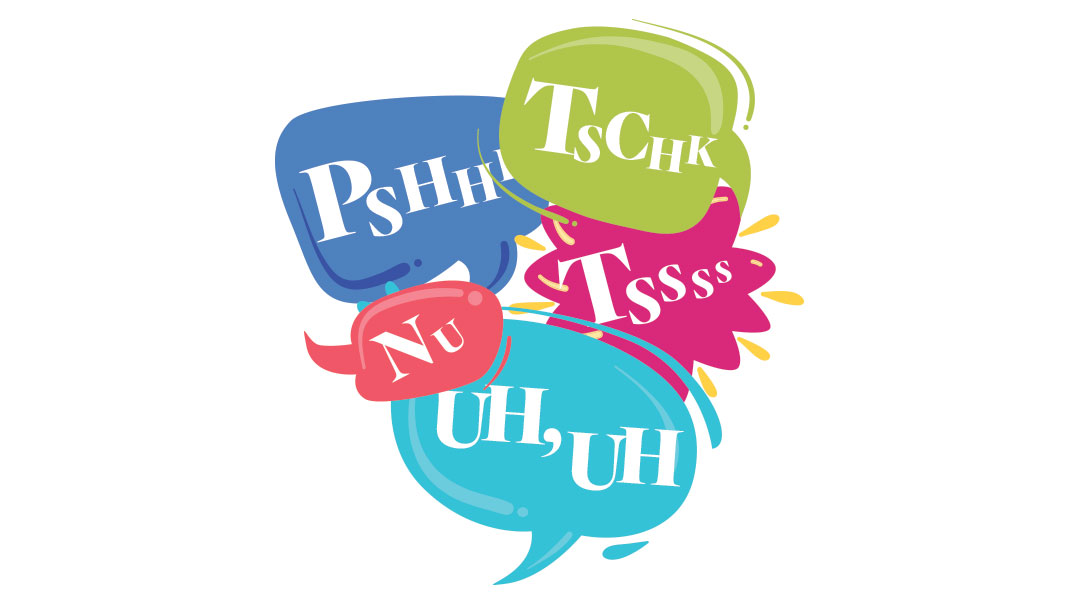Top 5 Conference Must-Haves
| December 11, 2019Our programs have gotten busier and the pressure “not to miss them” has become more urgent

T
here are no major Yamim Tovim between Succos and Chanukah, but don’t be fooled. Arising from the silence of Cheshvan is the noise and excitement of the Jewish conference season. Agudah, Chabad, the Shabbos Project, kiruv movements, and yeshivos have all ensured that no one gets too comfortable on Motzaei Shabbos and Sunday.
Once upon a time, a Jewish conference meant a bunch of Jews in a poorly lit convention space, a tray of pound cake, a fruit platter, and a shtender with the organizational logo clumsily taped on the front that usually fell half-off midway through the first keynote. The speakers went one at a time and usually spoke for at least an hour.
It was simpler back then. Who needed to rush to the buffet when all you’d find was burnt coffee and half-eaten rugelach scattered around pillaged platters?
No longer. Our programs have gotten busier and the pressure “not to miss them” has become more urgent.
So as you shuffle into obscurely named conference rooms, you may find yourself longing for a simpler time with less conference glitz and far more sheet cake. But for now, enjoy the conference chaos. Here are my top five Jewish conference innovations.
E-mail Blasts
“Just 168 hours, 14 minutes, and 92 seconds from now.” Leave it to Jewish organizations to insert messianic fervor into their conference countdowns. I barely make it through Sefirah — am I supposed to be counting down to the opening keynote lecture!? It usually takes me about 50 hours to open the e-mail, so the countdown is always off.
But as the conference gets closer, the e-mail blasts get more aggressive. It may begin softly, “Early Bird Special only $136.” Before you know it, your inbox starts shouting at you: “You do not want to miss this.” Honestly, if it got me off this e-mail list, I’d miss the whole thing. “Only 6 remaining spots —register now!” Call me a cynic, but when organizations start blasting out to the thousands on their e-mail list how few spots they have left, it makes me wonder that maybe — just maybe — they may still need to fill more than six spots.
But I appreciate the triumphalism when the conference finally announces in their e-mail blast (all caps, ’cause why not flex a little?): “SOLD OUT.” I always read it as a gentle passive-aggressive nudge — “See, you didn’t think we’d sell out without you — but we nailed it!” Honestly, once I see they’re sold out, it’s bittersweet. I’m missing the conference, but I also know in 8,760 hours, I’ll be reminded again.
Swag
An ancient proverb asks: If a conference takes place, but you don’t bring home a swag bag, did it really even happen? Thirty years ago, swag was just a notepad with the Marriott logo on it. Now swag already begins at registration.
First, you’re given a name tag that is one font size away from looking like an award ceremony sash. All sorts of fancy ribbons have been appended to the registration label — presenter, moderator, panelist, VIP, press, donor. I usually write on mine, “Early Bird Special: Too Cheap to Pay Full Price.”
But they save the real swag for your exit bag. Inside the branded tote bag you should expect, at the very least, a free Jewish periodical, a calendar, something for Shabbos like a wine bottle opener, and maybe just for good measure, something that relates to the upcoming Yom Tov. But there is also always one random item — like a paintbrush — with a local bank logo and a punny slogan that reads something like “We brush away the competition.”
When you finally get home with your tote bag full of organizational sheimos, you then have to creatively explain to your children how the meaningless swag you brought home is actually an exciting new toy. Most of my children’s toys consist of cell phone sleeves, outdated calendars, and, of course, a Berkshire Bank paintbrush.
Panel Sessions
What’s the difference between a Yom Iyun and a conference? The answer is simple. Panel sessions. In halachah, something is not considered to have a sheim unless there is at least one panel session. And honestly, I can’t get enough of them.
For me, it’s not about the moderator’s rehearsed introductory jokes and cute interjections or the 25 minutes the panelists point to one another saying, “No, b’kavod, you should answer first.” For me, it’s all about the audience questions at the end. The first questioner is always insisting that the personal story the panelist shared about his grandfather should be taught in his local mosad (“This is how we need to start teaching emunah”).
But it’s the second seemingly timid question that gets me most excited. It begins apologetically, “I have a short comment, maybe a question, I’m not really even sure.” The crowd nervously giggles. They know the answer already. It’s neither — it’s your life story. And then it starts. “When my big Zeide was in Mir Shanghai….”
The panelists all assume position — time to grab your chalav Yisrael Snicker’s bar equivalent, ’cause no one’s going anywhere for a while. One panelist begins a fervent shuckel that seems to seamlessly transition into a micro-nap. The other panelist knowingly nods along into minute 15 of the questioner’s personal family history, even though it’s quite clear there is no way anyone heard this story before.
Finally, when there is a pause after the questioner finishes explaining the ways Boro Park has changed since the early ’70s, the moderator knows what he needs to do. He’s going to be the hero this panel needs, not the one this questioner deserves. So he jumps in two-thirds of the way into the story: “Thank you so much, such a powerful story — let’s talk after, the panelists will be available afterwards for more questions.”
Wink. The panelists have already mapped out their exit strategy: through the conference window, down the fire escape.
Livestream
If you’re tuning in now on our livestream, you’re probably waiting for that major gaffe you can then circulate among your friends on WhatsApp. When I was in elementary school, some days we would watch a science video in school, or some documentary about recycling. We never got to see the actual video; instead we watched our teacher crouching down and turning to the class every few minutes and asking, “Can you see anything now?” No, Mr. Friedman, it’s still just a blue screen that says AUX in robotic green letters.
The conference livestream has taken that joyous elementary school experience and brought it into the modern day. Join the livestream to see the 401 error, or, if you’re lucky, to watch the entire keynote lecture without any sound. You may really be in for a treat if you get to watch the livestream hosts discuss the tuition crisis, but the camera is pointed to their midsections the entire time, leaving you wondering, Did they miss a button, or did the button just give up on holding this political advocate’s shirt together?
There are a lot of reasons to tune in to a livestream. I make a game out of it. Every time a random conference participant walks into the frame mid-livestream interview and asks, “You livestreaming here?” I take a shot. I’m usually pretty drunk by the plenary session.
Babysitting
Usually we warn the buyer to beware, but at conferences we need to warn: “Babysitters beware.” The concept of children’s programming and babysitting at conferences still has a way to go.
I can’t blame parents for being hopeful — the promise of an enlightening program plus an exciting children’s program sounds too good to be true. It usually is. Most of the time you walk into a room with a healthy 20:1 children-to-babysitter ratio. The babysitting room is always replete with board games missing pieces, a painting activity that will require you to throw out an entire outfit at the end of the day, and just sugary cake to ensure that by the time you’re ready to pick up your kids, the room resembles a scene in Lord of the Flies.
Once you drop them off, the kids get to work. Chairs become bumper cars. Tables become forts. Food becomes weapons. And the babysitters? They’re fashioning armor out of Marriott stationery to protect themselves.
It’s all necessary, of course. With their help, the parents can pay proper attention to the keynote panel on parenting.
(Originally featured in Mishpacha, Issue 789)
Oops! We could not locate your form.







